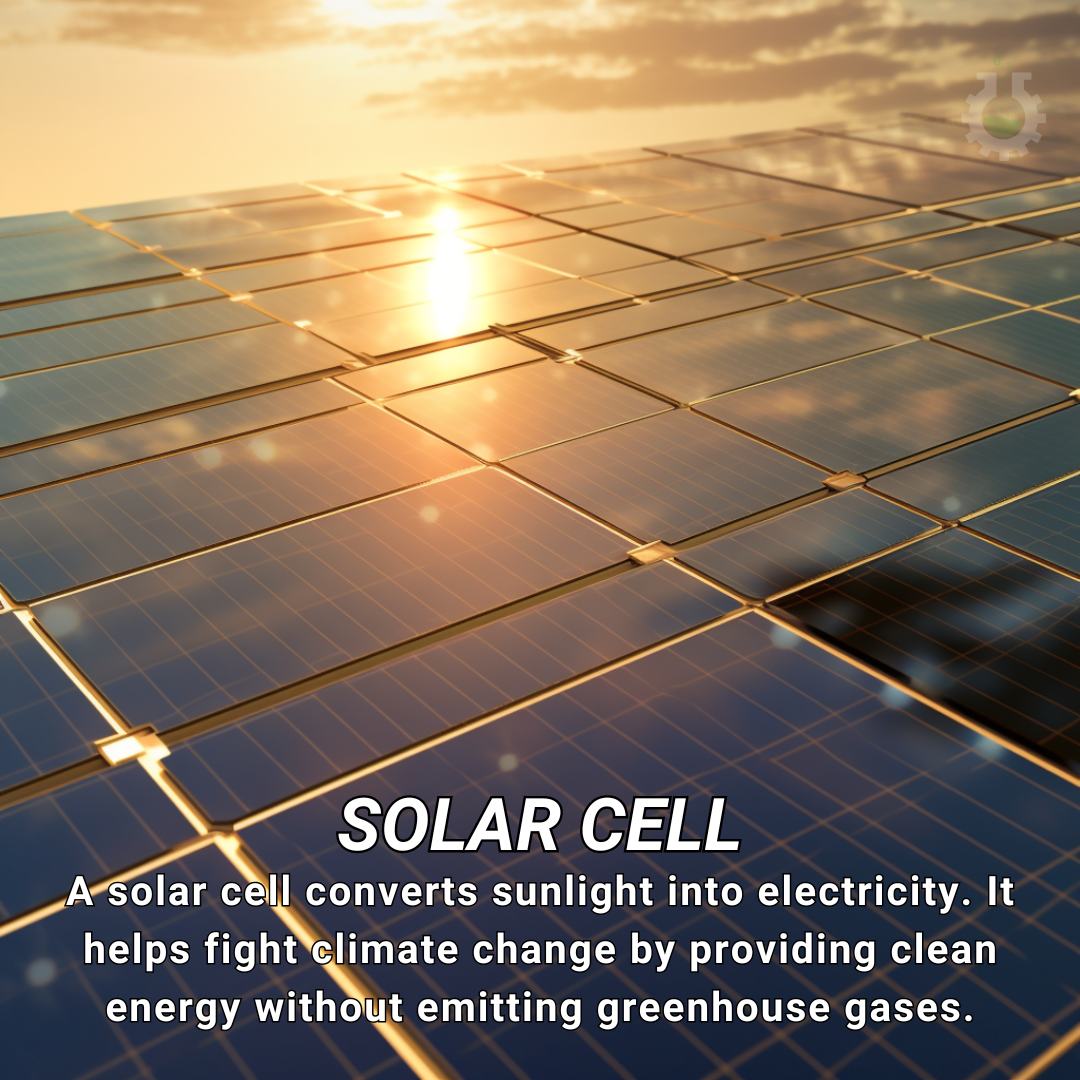March 19, 2024
Climate Change Poster Collection of the Day – Solar Cells
Book a Demo
Today’s Climate Change Poster Collection highlights Solar cells, also known as Photovoltaic cells, have become a household name in the past few years. These ingenious devices convert sunlight into electricity by harnessing the power of the photovoltaic effect. The origins of solar cells can be traced back to the mid-20th century, with the technology first developed in 1954. Today, solar cells are widely used to power a range of devices, from satellites in space to everyday household items.
The most common type of solar cell is the Silicon Solar Cell. These cells are recognized for their affordability and efficiency. They are a common sight on residential and commercial rooftops, providing a sustainable and cost-effective source of electricity. Silicon Solar Cells have played a key role in making solar power an accessible and viable option for the masses.
Another type of solar cell that has gained popularity is the Thin-Film Solar Cell. These cells are made from thin layers of semiconductors, making them lightweight and flexible. This makes Thin-Film Solar Cells ideal for portable applications, providing a reliable source of power on the go.
III-V Solar Cells are a high-cost, high-efficiency type of solar cell. These are constructed from specific elements found in the periodic table. Due to their high power-to-weight ratio, they are considered ideal for applications that require a significant amount of power, such as satellites.
As technology continues to evolve, so too do solar cells. Next-Generation Solar Cells are currently in the research phases, promising exciting advancements in the world of renewable energy. These cells utilize materials such as organic materials, quantum dots, and perovskites. The potential benefits of these next-generation cells include lower costs and easier manufacturing, making solar power even more accessible in the future.
Photovoltaic research is an essential field, with a focus on improving the reliability and grid integration of solar cells. The goal is to ensure stable, long-lasting power production from these cells. The integration of solar cells into the electric grid is crucial for preventing imbalances between supply and demand. This ensures that solar power can be a dependable, consistent source of electricity for all.
Solar cells have come a long way since their inception in 1954. With continuous advancements and research, the future of solar power looks brighter than ever.
Discover an inspiring collection of climate change poster.



